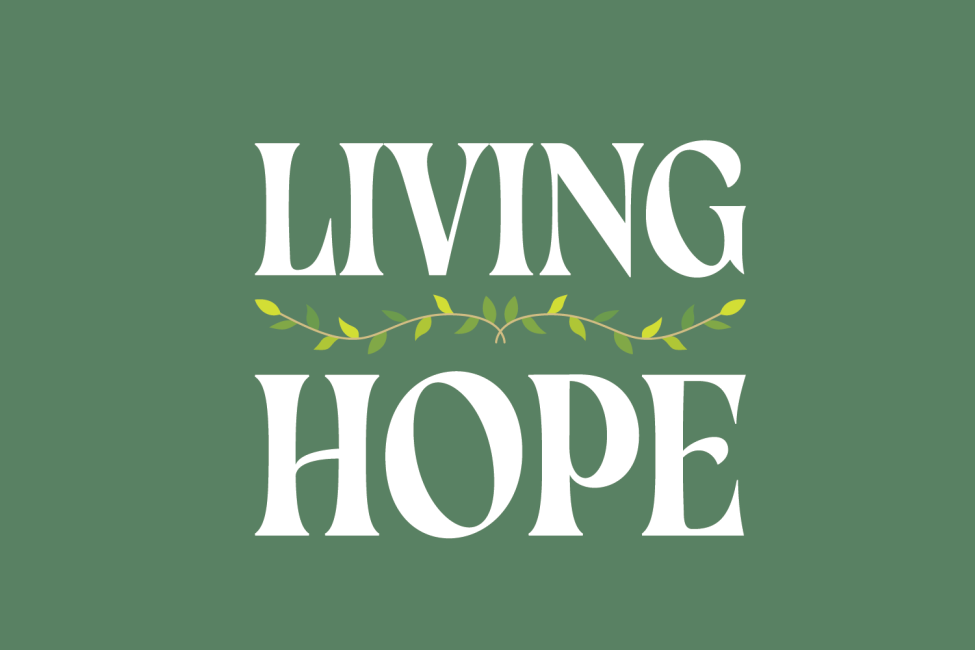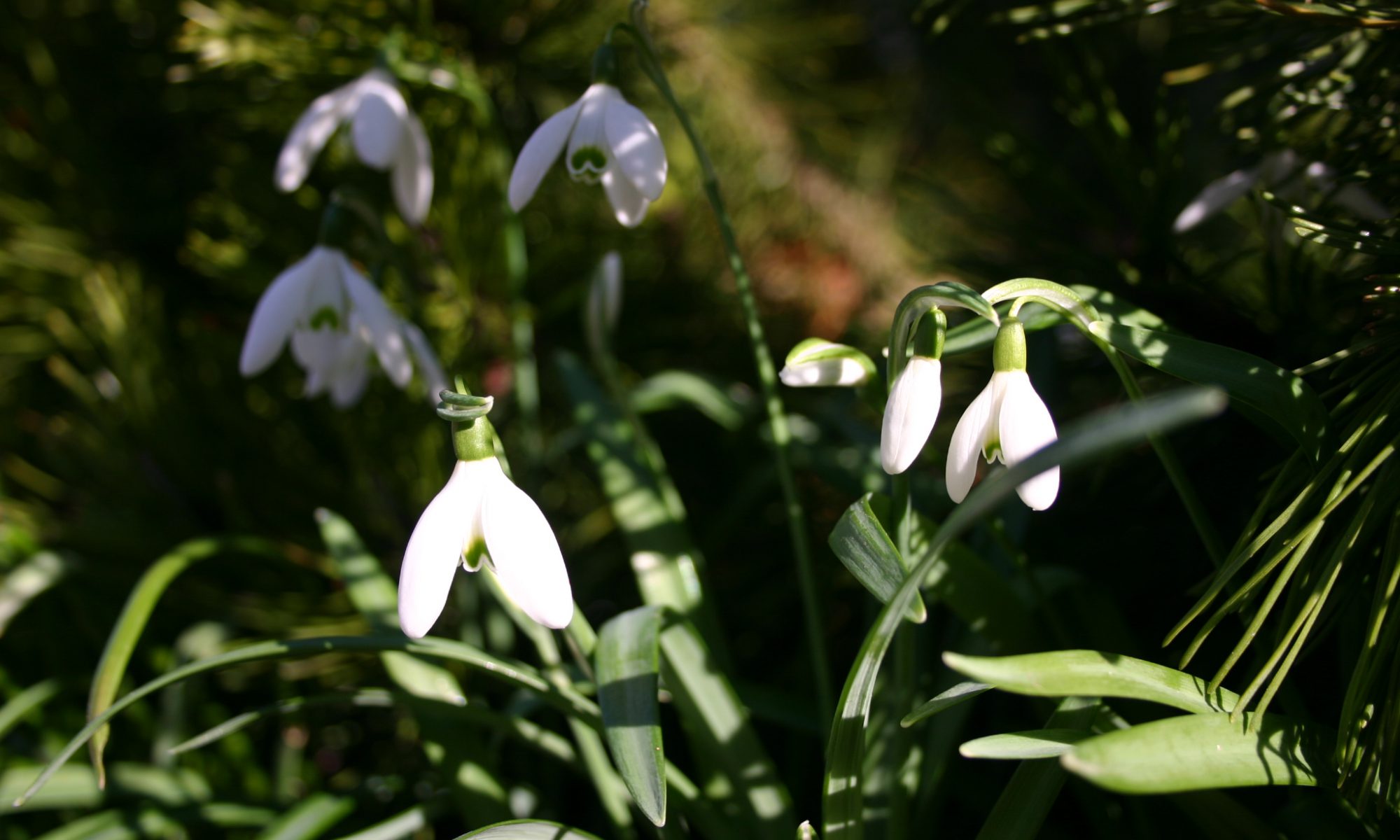See the Easter Church Services page for more information.


Rougham, Beyton, Hessett, and Rushbrooke
Faith for our Villages
See the Easter Church Services page for more information.

The APRIL 2025 issue of the Parish Magazine for Rougham, Beyton, Hessett and Rushbrooke is now with the printer and should be delivered at the end of next week. But if you can’t wait for your copy, here’s where you can find the magazine online… and in colour.
Friday 25/4 – 7 pm we have a concert of medieval music from “Pearl in the Egg” who can recreate the sound of the music that is illustrated in our medical stained glass windows. Tickets on the door or can be reserved by replying to the e mail
Saturday 7 June Open Gardens. We are looking for help on the day and additional Gardens to open. If you can help please reply to the e mail. And of course put in your diary so you can come.
Saturday 4 October – 2nd hand book sale – Hessett Church 10 – 2pm- Donate books and see what is available. Donations details to follow. Proceeds 50:50 HCPS and St Nicholas Hospice
Please support our work to raise vital funds to preserve Hessett Church by joining us at our community events and taking out an annual membership for £12 a year.
For this small annual amount you will help to raise funds to protect this historic building. Membership forms in the church or email [email protected]
Please consider joining us, your support will make a big difference as we try to raise funds to complete the many repairs to the rare mediaeval glass and the organ amongst others.
If you are member already thank you for your continued support!
.